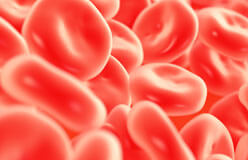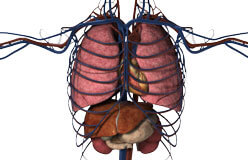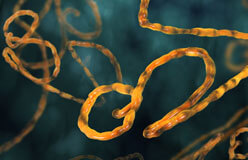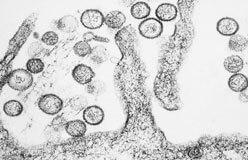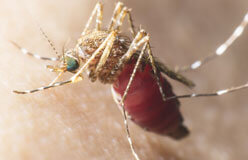Not all blood is red.
Crabs, for instance, have blue blood. It contains copper instead of iron, which makes blood red. Earthworms and leeches have green blood. The color comes from an iron substance called chlorocruorin. Many invertebrates, such as starfish, have clear or yellowish blood.
Blood can be red, blue, green, or yellow. No matter what its color, all blood carries oxygen to body cells. The metals iron and copper attract oxygen.
An animal’s oxygen needs affect what kind of blood system it has. Smaller creatures, like bugs, don’t need much. Their “blood” (called hemolymph) just oozes among body parts. Earthworms have one main blood vessel. It carries blood from one end to the other. Five pairs of “hearts” move the blood along. They’re really just bulges in the vessels. Larger creatures, like fish, birds, and mammals, have greater oxygen needs. That’s why they (and we) have a bigger pump and many tubes to move the blood around.
